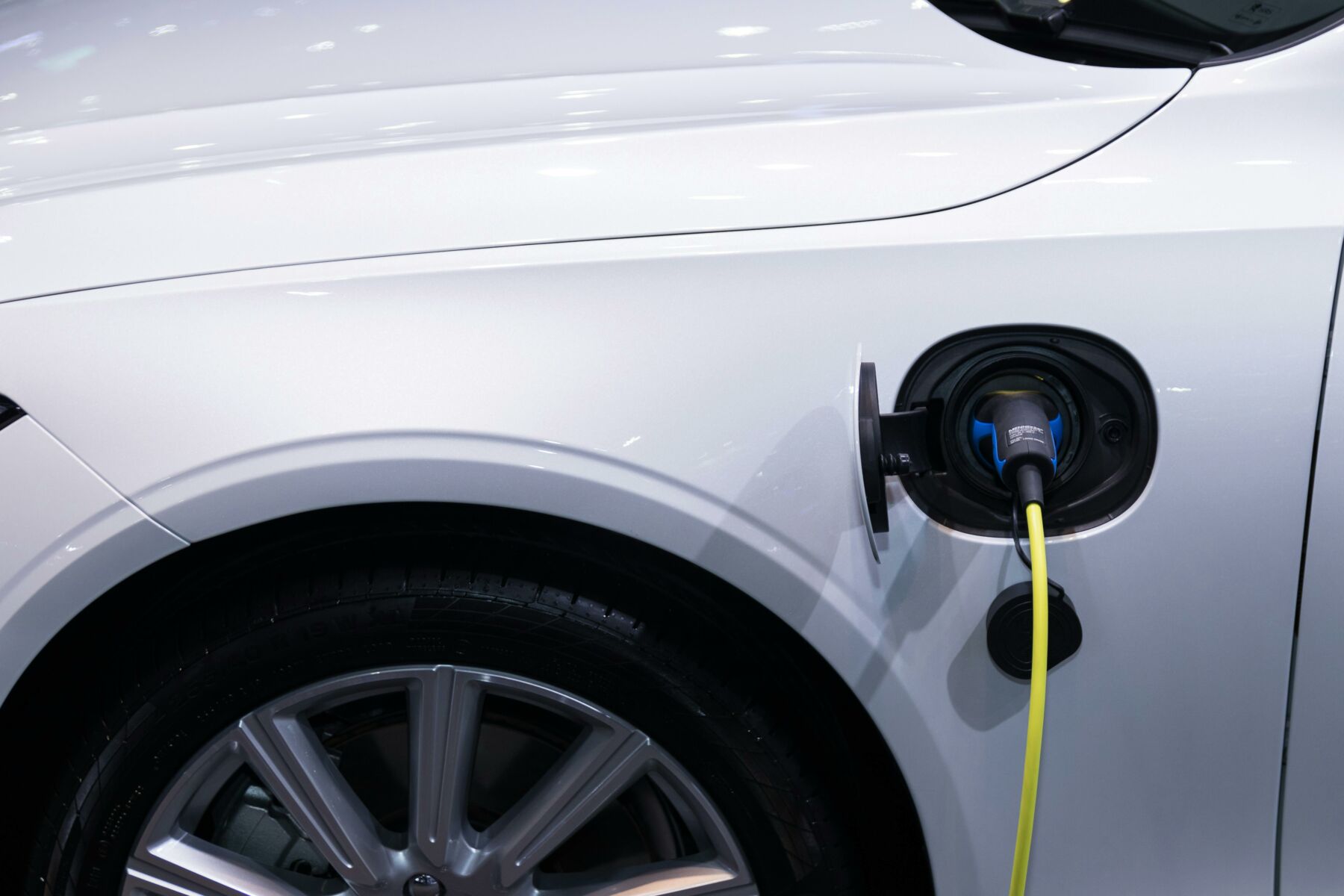Thailand gears up for excise tax as it charges into electric future

Thailand is set to adjust its automotive excise tax structure to reflect the global shift towards electric vehicles (EVs), according to Deputy Finance Minister Paopoom Rojanasakul.
This move aims to harmonise local policies with international trends in the automotive industry, particularly as the competition between battery electric vehicles (BEVs) and plug-in hybrid electric vehicles (PHEVs) intensifies.
Paopoom highlighted the uncertainty in the auto industry, suggesting that either BEVs or PHEVs could emerge as the dominant force in the market. He stressed the importance of maintaining a balanced tax system that accommodates both types of vehicles to ensure Thailand remains competitive regardless of global preferences.
“A tax structure that leans exclusively towards EVs may not be the answer. We need to maintain a balance across the entire tax system. If the global trend favours PHEVs, Thailand would still be well-positioned. Similarly, if EVs are favoured, we should be prepared.”
While acknowledging the global movement away from internal combustion engine (ICE) vehicles, Paopoom noted the necessity for a cautious approach in altering the automotive tax regime for ICE manufacturers.
The extensive production lines and supply chains associated with ICE vehicles mean that abrupt changes could disrupt the national economy and employment levels.
Hub for EVs
Thailand’s Cabinet, on February 22, 2022, approved a proposal by the National EV Committee to revise the auto tax structure. This revision aims to establish Thailand as a leading hub for EV and electric motorcycle production in Southeast Asia while minimising environmental impacts.
Currently, the excise tax on ICE vehicles is determined by carbon emissions. Vehicles emitting 100 grammes or less of carbon dioxide per kilometre are taxed at 25% for those using E10 or E20 fuels, and 20% for E85 or NGV fuels. Vehicles emitting more than 200 grammes of CO2 per kilometre (km) face a tax rate of 30 to 35%.
The forthcoming tax structure, effective from 2026 to 2030, incentivises low-emission vehicles. For instance, in 2026, ICE vehicles emitting 100 grammes or less of CO2 per km will be taxed at 13%, increasing to 14% in 2028 and 15% in 2030.
Vehicles emitting more than 200 grammes of CO2 per km will see a tax rate of 34% in 2026, 36% in 2028, and 38% in 2030.
Hybrid electric vehicles (HEVs) will experience a gradual increase in tax rates from 2026 to 2030. HEVs emitting 100 grammes of CO2 per km will initially be taxed at 6% in 2026, down from the current 8%, before rising to 8% in 2028 and 10% in 2030.
HEVs emitting over 200 grammes of CO2 per km will see a tax rate of 24% in 2026 (currently 26%), increasing to 26% in 2028 and 28% in 2030. BEVs have been subjected to a 2% tax rate since 2022.
New tax structure
For PHEVs, a new tax structure will be introduced in 2026. PHEVs with an electric range of 80 kilometres or more and a fuel tank capacity of 45 litres or less will be taxed at 5%.
Those with a range of less than 80 km and a tank capacity exceeding 45 litres will face a 10% tax. PHEVs with engines larger than 3,000cc will be taxed at 30%, while fuel cell EVs will have a tax rate of 1% in 2026, reported Bangkok Post.
This strategic automotive tax revision underscores Thailand’s commitment to aligning with global automotive trends and fostering a sustainable future for the industry.
Latest Thailand News
Follow The Thaiger on Google News:


























